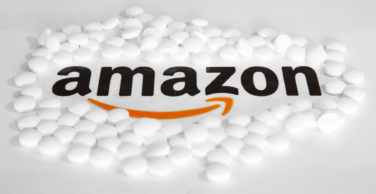Coronavirus is teaching us a great deal about the healthcare system—both its strengths and weaknesses. For public health issues, we learned we are much too reactionary, rather than proactive. Diagnostics, we quickly realized, need improvement. We can acknowledge the significant testing issues—state labs are not designed for high volume. Currently, we see a renewed focus on hospitals’ surge capacity. Despite the disaster planning health systems complete annually, we recognize how unprepared we are for the size and scope of this pandemic.
Risks to Development and Drug Supply Chain
It is extraordinarily difficult to conduct ongoing clinical trials and recruit patients during times of social distancing—and even more so in areas with “shelter-in-place” orders. At least 100 Phase 3 clinical trials are currently taking place. How do we ensure these trials are finished appropriately with as little disruption as possible that might compromise the data? This is a good opportunity to truly iterate and innovate the clinical trial process. Should we conduct more clinical trials using home remote monitoring? How can telehealth help in clinical trials? We need to fully examine these questions now.
The timeline of vaccine development is 12 to 18 months under the best of circumstances. The public does not understand the nuances of vaccine development. And policy makers should know developing vaccines for viruses is particularly challenging. The first, second, and even third trials don’t often succeed. This pandemic underscores the necessity for funding vaccine development, and the federal government’s role, traditionally overlooked until a crisis occurs. We cannot forget the importance of vaccines. This is a wake-up call about the need for antivirals and antibiotics, where drug development has largely stalled.
Risks to the supply chain are also exacerbated. The past year witnessed several drug quality issues, leading to recalls of popular drugs due to contaminants, resulting in potential drug shortages because the supply chain is focused on certain areas of the globe. China and India manufacture nearly 500 drugs! The coronavirus pandemic significantly curtails manufacturing capabilities, both in size and scope. Several medicines manufactured by only one manufacturer put supply at significant risk. In theory, a 180-day inventory of critical medicines is optimal, but that often is not the case in practice. Even when drugs might not be manufactured in China and India, some of the active ingredients might be from China. Medical devices, too, are endangered. Asia manufactures a large percentage. Should the supply chain for critical drugs and devices be limited to one country or region? Do we need to build capacity in other regions, even if that makes therapeutics more expensive?
During a crisis, we need to focus on the immediate issues at hand. Let’s also take some time to study lessons learned, and take action to avoid repeating the problems we are experiencing today.









